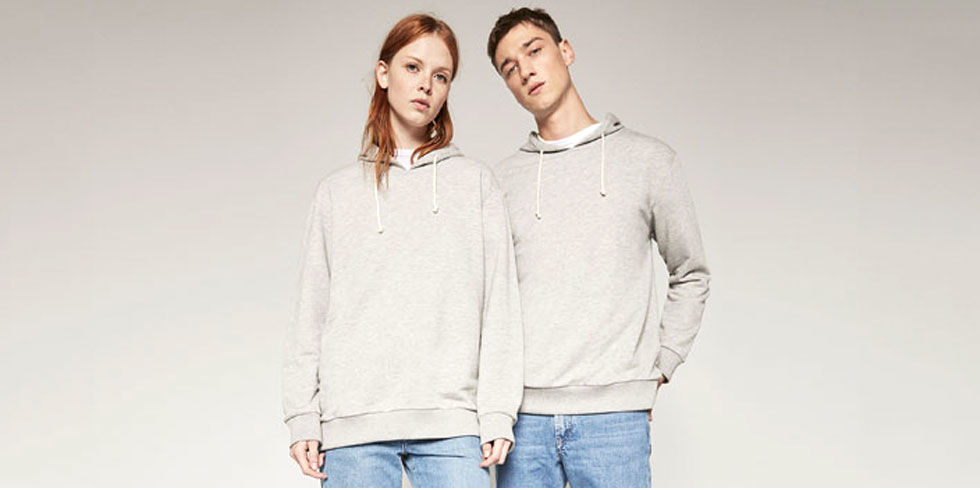In an ever increasing environment of ungendered fashion, with Jaden Smith becoming the face of Louis Vuitton’s women’s wear and high-end fashion labels Gucci and Prada featuring genderless fashion on the runway, the high street has weighed in.
Earlier this year Zara released a new line of ungendered clothing, modelled by both men and women and consisting of 19 pieces. Despite the potential progress the line had to offer in terms of being a massive step in acknowledging non-binary and transgender individuals and their clothing requirements, many have labelled the line as disappointing and normative.
Zara’s line has been described as essentially a basics line, and is made up of items which have arguably been ‘ungendered’ and worn by both men, women and non-binary people for years. This was hardly a bold or ground-breaking development for the company or true androgynous fashion.
In fact, it’s been argued that this range of basic loose-fitting t-shirts and jumpers, in neutral block colours such as navy, white and black, could be a step back for non-binary fashion. It predominantly showcases very simplistic and traditionally masculine style as ‘genderless’ fashion, thus diminishing the importance of feminine styles in androgynous and gender fluid fashion.
Alongside this, many have also pointed out how it hardly promotes genderless fashion for those who are non-binary due to the lack of diversity with regards to the models used in the campaign for the range. Not one of the models used were themselves non-binary or transgender.
Future high street brands going down the route of genderless fashion may want to follow the example of completely genderless clothing companies such as Stuzo. The brand promotes vibrant styles as unisex and has been worn by celebrities such as Ruby Rose and Lady Gaga. Selfridges has also recently showcased their line Agender across the three floors of their London store.
Despite the initial disappointment many felt about Zara’s range, the fact that a high street brand (with over 2000 stores in 88 countries), has releases a genderless line is huge. It can be regarded as a big move towards genderless fashion and non-binary acceptance beyond the high fashion catwalks. Hopefully Zara will be able to add to and adapt the range and other high street brand may follow suit.
Lucy Young
Cover Image: Elle.com

